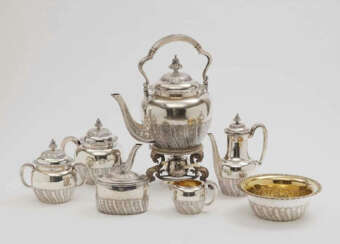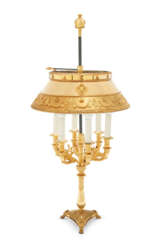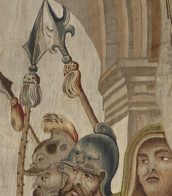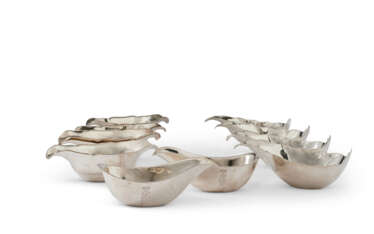silber odiot



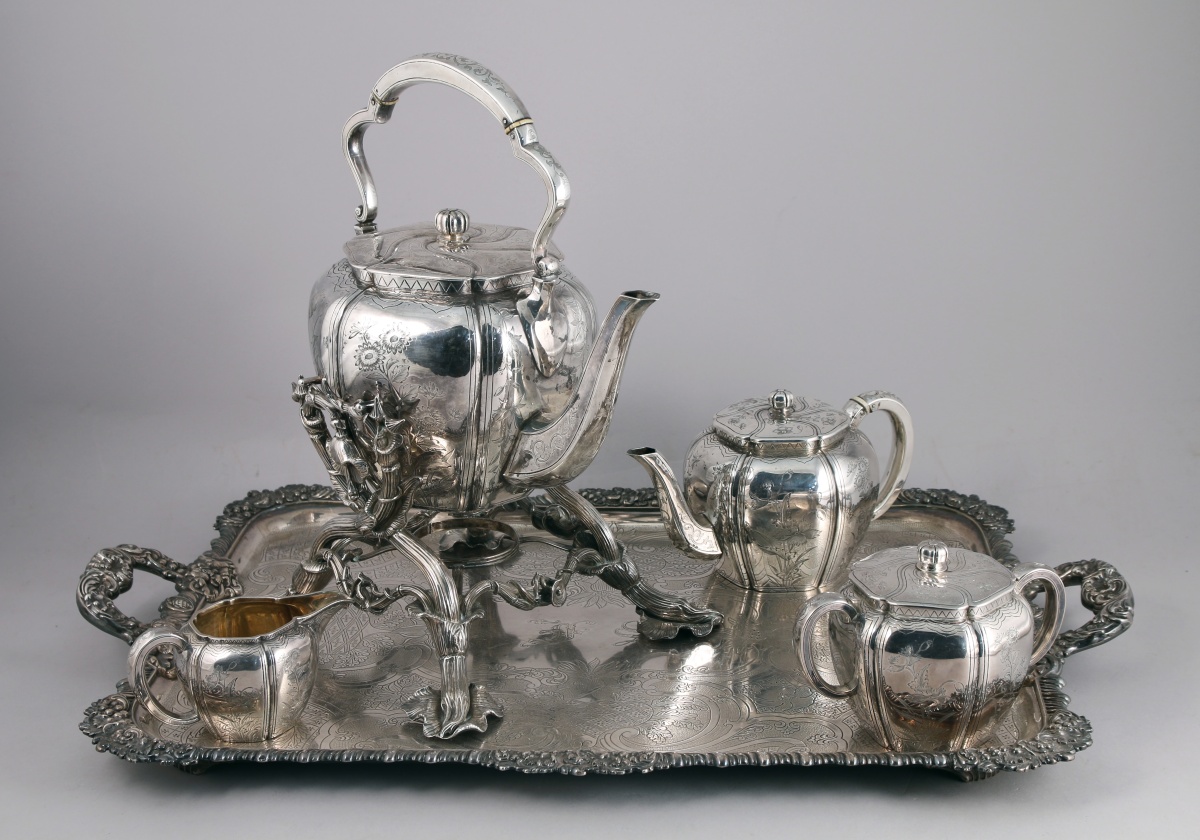
Charles-Nicolas Odiot was the outstanding French silversmith of his generation; the son of Napoleon's silversmith, Jean-Baptiste-Claude Odiot, he inherited the direction of the extensive family workshops in 1827, as techniques of factory production were extended in the trade. He excelled in the revived Rococo style, and became the purveyor by appointment to Louis-Philippe of France and to other members of the family of Orléans.


Charles-Nicolas Odiot was the outstanding French silversmith of his generation; the son of Napoleon's silversmith, Jean-Baptiste-Claude Odiot, he inherited the direction of the extensive family workshops in 1827, as techniques of factory production were extended in the trade. He excelled in the revived Rococo style, and became the purveyor by appointment to Louis-Philippe of France and to other members of the family of Orléans.


Charles-Nicolas Odiot was the outstanding French silversmith of his generation; the son of Napoleon's silversmith, Jean-Baptiste-Claude Odiot, he inherited the direction of the extensive family workshops in 1827, as techniques of factory production were extended in the trade. He excelled in the revived Rococo style, and became the purveyor by appointment to Louis-Philippe of France and to other members of the family of Orléans.


Jean-Baptiste-Claude Odiot was a French jeweller, the most famous head of the jewellery house Odiot, founded in 1695 and still in existence today.
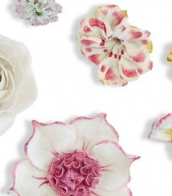

Jean-Baptiste-Claude Odiot was a French jeweller, the most famous head of the jewellery house Odiot, founded in 1695 and still in existence today.


Jean-Baptiste-Claude Odiot was a French jeweller, the most famous head of the jewellery house Odiot, founded in 1695 and still in existence today.












